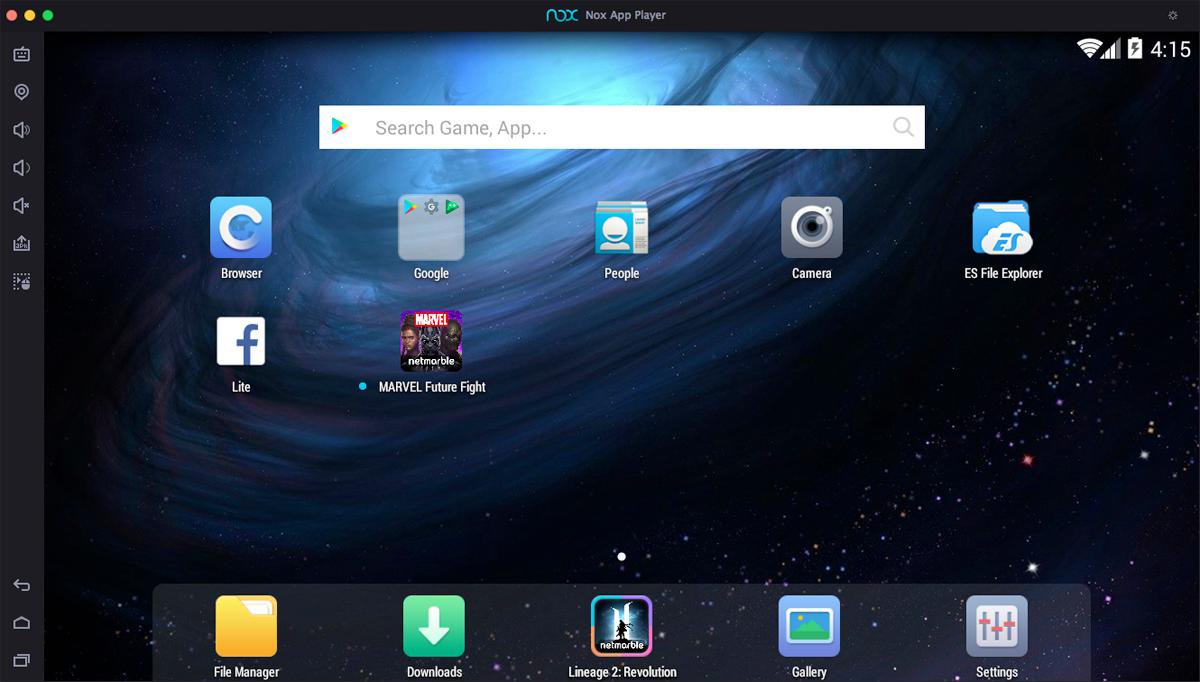

- #Android studio emulator internet connection mac for mac
- #Android studio emulator internet connection mac mac os
- #Android studio emulator internet connection mac install
- #Android studio emulator internet connection mac android
> Task :react-native-gesture-handler:compileDebugJavaWithJavac This repository is deprecated and it will be shut down in the future.Ĭurrently detected usages in: project ':react-native-svg', project ':react-native-vector-icons' WARNING:: Please remove usages of `jcenter()` Maven repository from your build scripts and migrate your build to other Maven repositories. Starting a Gradle Daemon, 1 incompatible and 1 stopped Daemons could not be reused, use -status for details Warn Please launch an emulator manually or connect a device. Reason: No emulators found as an output of `emulator -list-avds`. Using 8 workers.Įrror Failed to launch emulator.

Jetifier found 970 file(s) to forward-jetify. You can disable it using "-no-jetifier" flag. Info Running jetifier to migrate libraries to AndroidX. (I have also tried in Webstrom editor still need to open the emulator manually to run the application without any errors) PS C:\Users\ASUS\Desktop\ProCheck1\AwesomeTSProject> npx react-native run-android how can I automatically start my emulator when running the application? if I directly run the react native application ( npx react-native run-android) without manually starting the emulator, it's given me the below-given error.
#Android studio emulator internet connection mac android
Am I missing something ?Įvery time I need to open Android studio to start the emulator and then only need to run react native application to run it without any errors. I trying restarting, switching on and off both the Wifi as as well the device. I also tried adding the DNS based on what internet searches revealed. Hw.device.hash2: MD5:6b5943207fe196d842659d2e43022e20Īlthough I am able to run the device, it doesn't have access to internet, nor was its Wifi enabled.Įven if I switch Wifi on, it would switch back off. Image.sysdir.1: system-images/android-S/google_apis/arm64-v8a/ Path: /Users/vineethpalani/.android/avd/Pixel_4_API_S.avd I created the following device based on the instructions from this. Generation Memory: 1280M Cores: 8 Registry:Į.disabled=true You can make zsh the default in earlier versions of macOS as well.I am using a Macbook Pro with the M1 chip. Starting with macOS Catalina, your Mac uses zsh as the default login shell and interactive shell. The error message is: React Native adb reverse ENOENT Running the Android App causes issues while launching the Emulator. Open the MyApp folder in VS Code to make further changes. I’m using the Android 10 emulator for Pixel XL.
#Android studio emulator internet connection mac install
Install the Android Studio from here, which will install the Android SDK and the required emulator. It might be helpful to launch your simulator beforehand. This will install and launch the App in your iOS simulator. Open VS Code and open New Terminal and type the following command to create a new React-Native App: react-native init MyApp cd MyAppĬome back to the MyApp folder and run the below command to run your App in the iOS simulator: react-native run-ios You can check out this post for more details.Ĭreate the folder inside say your Documents folder on your Mac as below: mkdir Apps
#Android studio emulator internet connection mac mac os
You might face issues on Mac OS Catalina to run VS Code due to Notarization requirements.

#Android studio emulator internet connection mac for mac
Install Visual Studio Code for Mac from here. This requires you to enter system password. brew install watchmanĬocoapods: This is the Dependency Manager for iOS & Mac projects. Watchman: In react-native, Watchman watches the source code for any changes and rebuilds them. The recommended way to install Node is using Homebrew from your Terminal: brew install node Install the following dependencies for React-Native: I’m working on MacOS Catalina and I already have Xcode 11 installed on my machine which is one of the pre-requisites to run the iOS App. The very first step to start development in React-Native is to install the right tools to setup the environment correctly.


 0 kommentar(er)
0 kommentar(er)
